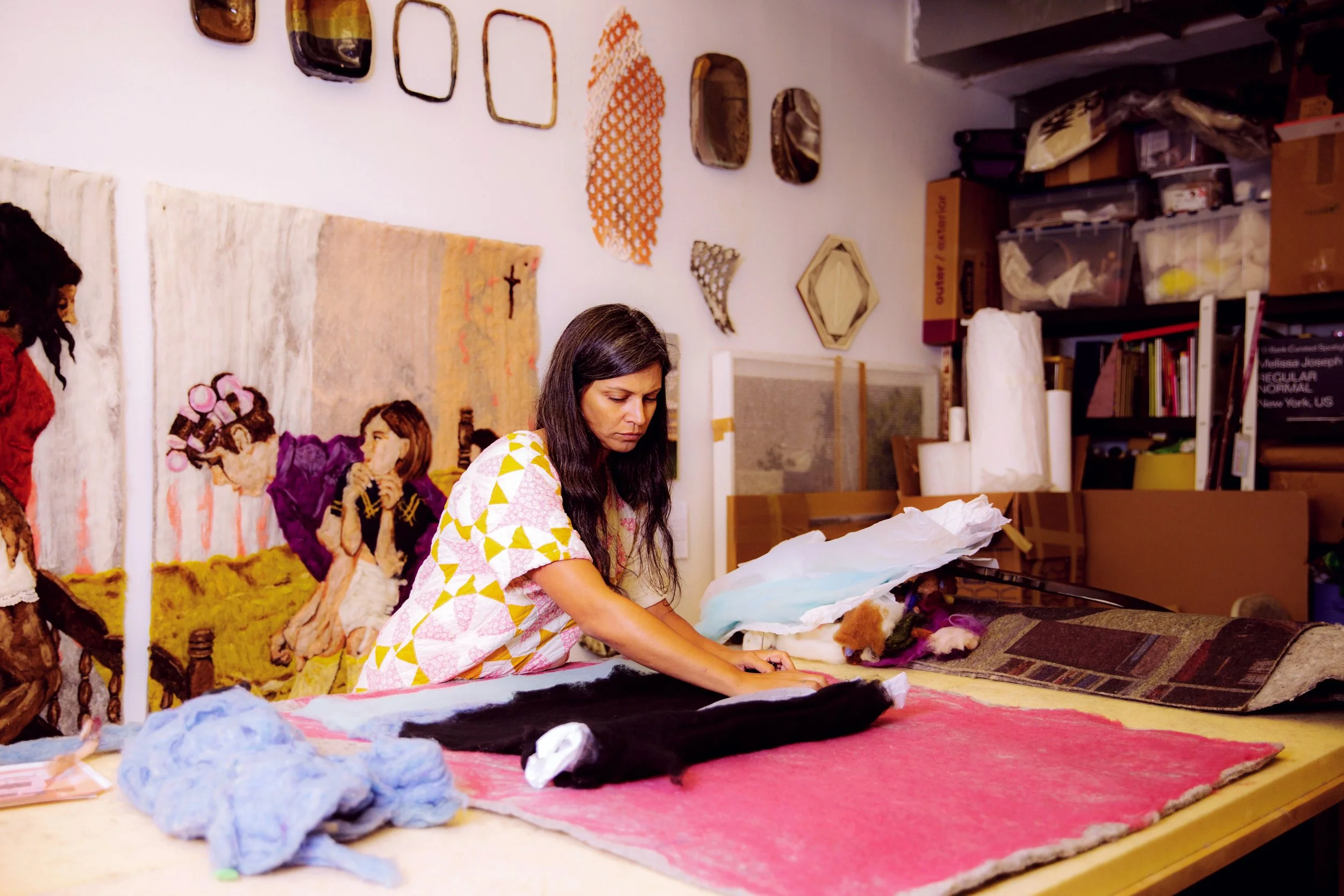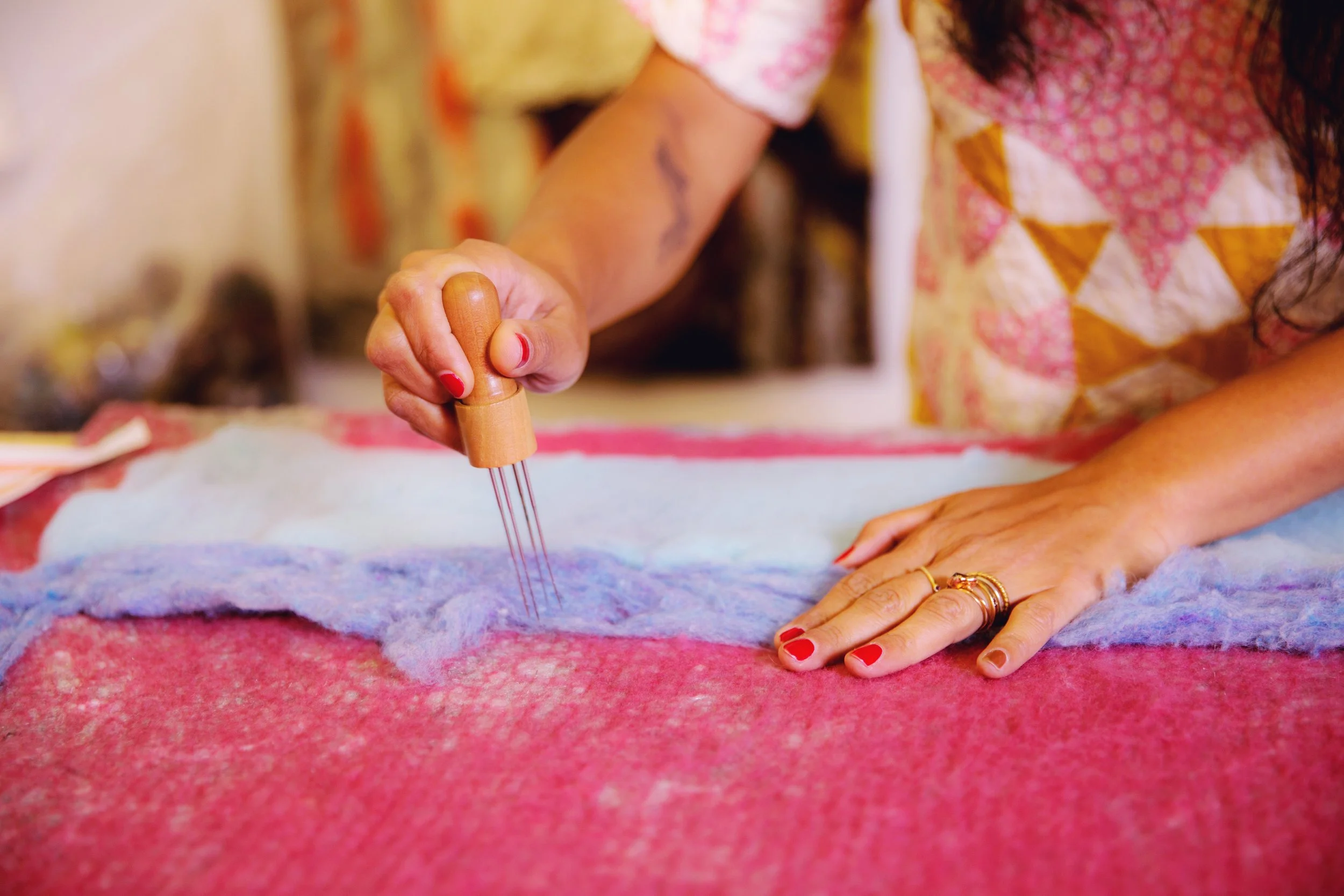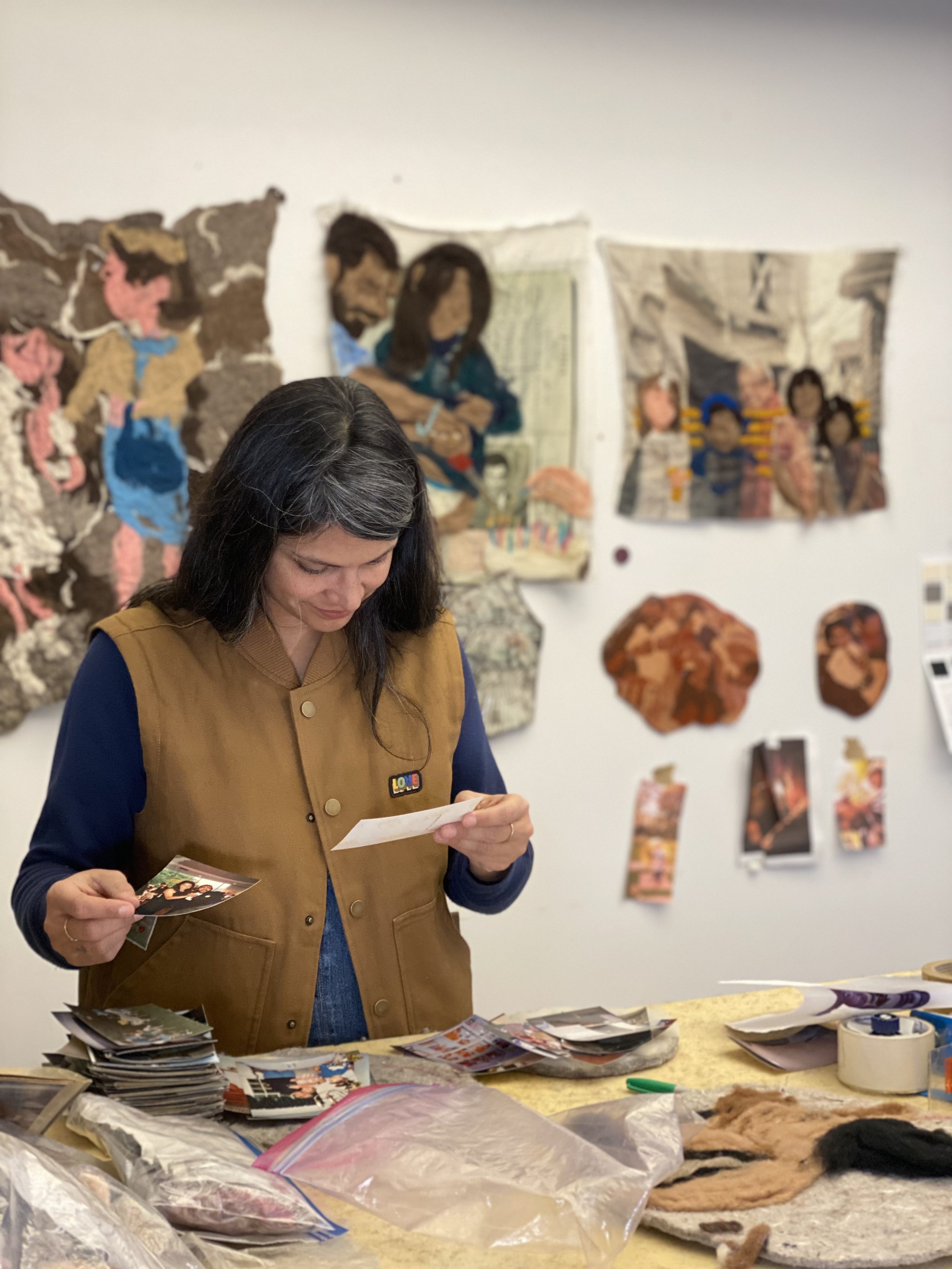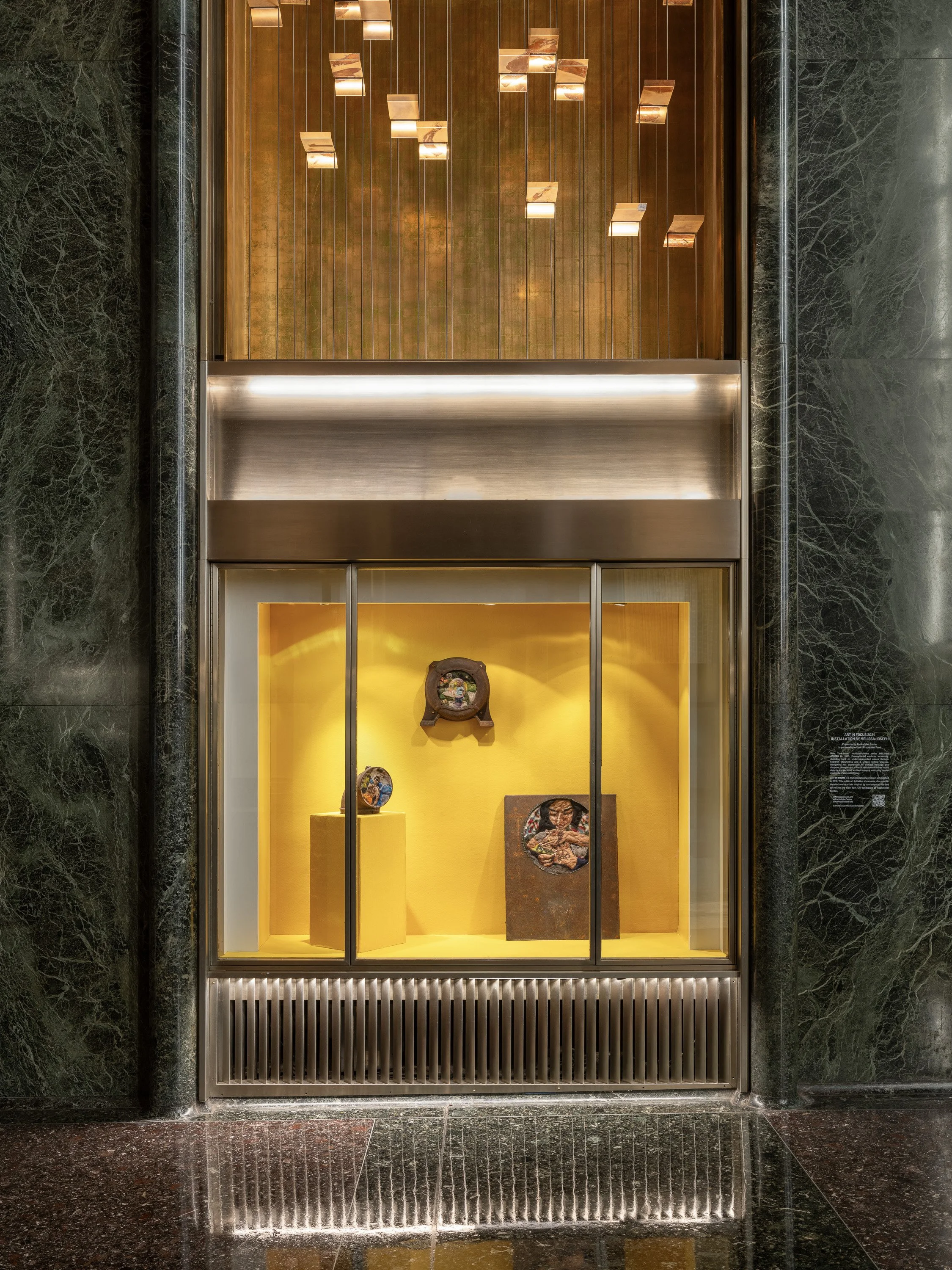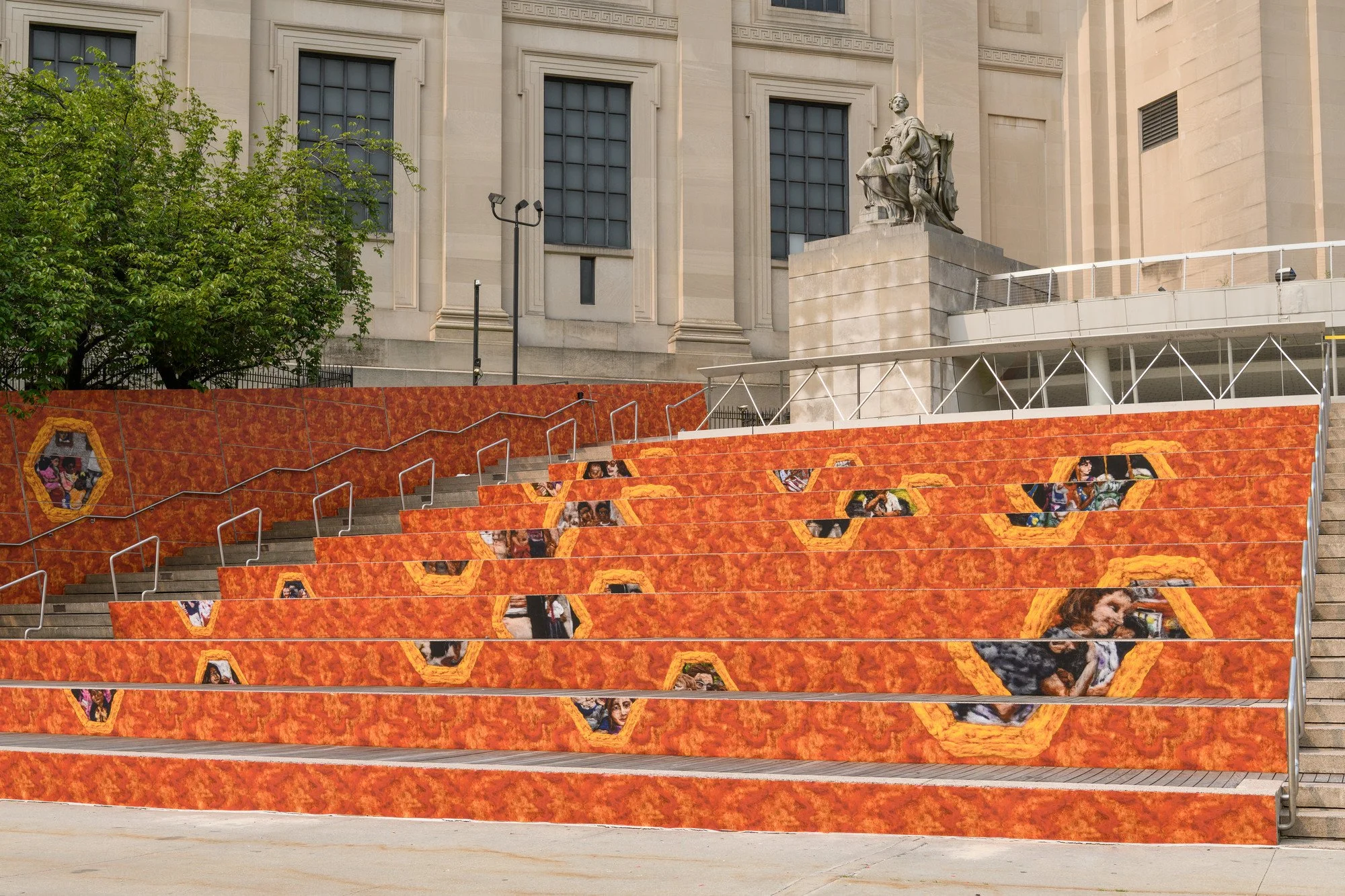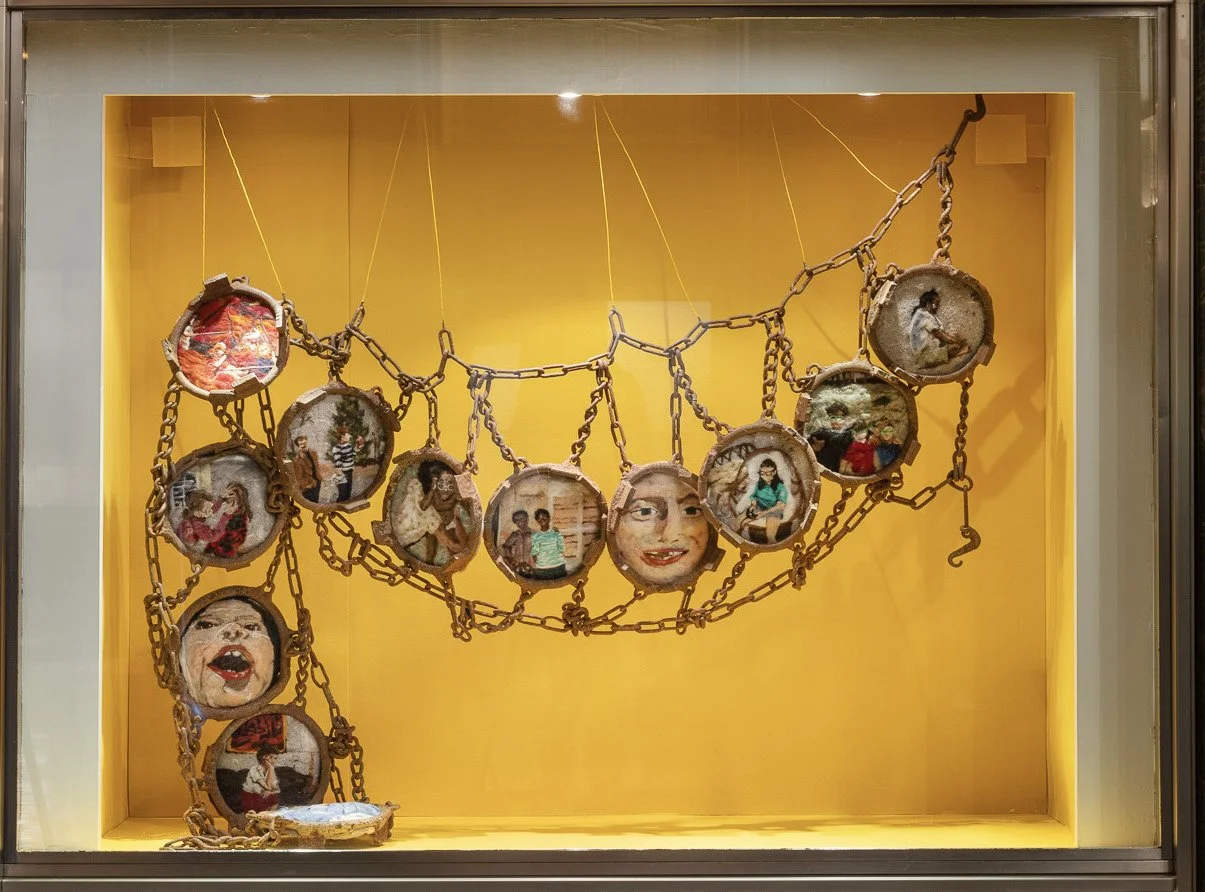Melissa Joseph
Melissa Joseph is a New York–based artist whose multidisciplinary practice bridges memory, material, and the politics of belonging. Her work offers intimate reflections on family history and diasporic identity while attending to the quiet labors and unseen gestures that shape domestic and cultural space. Drawing from her experiences as a second-generation American, Joseph’s practice reveals the nuanced intersections between personal narrative and collective histories, crafting a visual language that is both tender and critical.
Joseph’s work has been exhibited at major institutions including the Brooklyn Museum, Delaware Contemporary, Utah Museum of Contemporary Art, MOCA Arlington, ICA San Francisco, and List Gallery at Swarthmore College. Her practice has been widely recognized across international media such as The New York Times, Vogue, Artforum, Artnet, Hyperallergic, CNN, Le Monde, Wallpaper, Forbes, and The Financial Times, among others.
She has been awarded residencies at Artpace San Antonio, Dieu Donné Workspace, The Textile Arts Center, BRIC, The Fountainhead Residency, Archie Bray Foundation for Ceramic Arts, Museum of Arts and Design, and Greenwich House Pottery, where she continued her exploration of fiber, clay, and image as agents of cultural memory.
Joseph is the recipient of the 2025 UOVO Prize, awarded by the Brooklyn Museum. Her work was featured in the Artsy Vanguard 2025 and Art Basel Miami Beach 2024, and she has been profiled by leading publications and broadcast outlets including NBC New York, Time Out, COOL HUNTING, Observer, and WNYC.
Alongside her studio practice, Joseph is a regular contributor to BOMB Magazine, where her ongoing series of artist interviews foregrounds the creative processes and cultural conversations shaping contemporary art today.
Melissa Joseph’s practice moves fluidly between textile, sculpture, painting, and installation, grounded in an exploration of memory as both a tactile and conceptual material. Working primarily with wool felt, fabric, and clay, she transforms domestic materials into poetic acts of care and preservation—rendering the personal archive of family photographs, inherited gestures, and collective diasporic experience into evocative, tactile form.
Her process often begins with intimate photographic references, snapshots of everyday life, family gatherings, and overlooked details which she reinterprets through labor-intensive methods of felting and material layering. This translation of image into fiber becomes a metaphor for the intergenerational transmission of memory, where touch, repetition, and craft perform as acts of remembrance and repair.
Across her practice, Joseph engages themes of diaspora, motherhood, and the unseen work of women, reimagining domestic space as a site of resistance and resilience. Her works negotiate the contradictions of diasporic living—between visibility and erasure, intimacy and distance, nostalgia and adaptation—inviting viewers to consider how personal histories intersect with the broader narratives of migration and belonging.
Formally, Joseph’s installations often occupy thresholds between the monumental and the intimate, the painterly and the sculptural. Whether suspended, embedded in architecture, or scaled for public spaces such as her 2025 Brooklyn Museum commission Tender, her works transform material surfaces into living memoryscapes, quiet yet monumental tributes to tenderness, endurance, and kinship. Her methodology is rooted in a feminist and diasporic poetics of material, where the labor of making becomes both subject and form. Through felt’s capacity to absorb, hold, and blur, Joseph articulates a visual language that resists fixed narratives and instead embraces the soft, interstitial qualities of lived experience.


